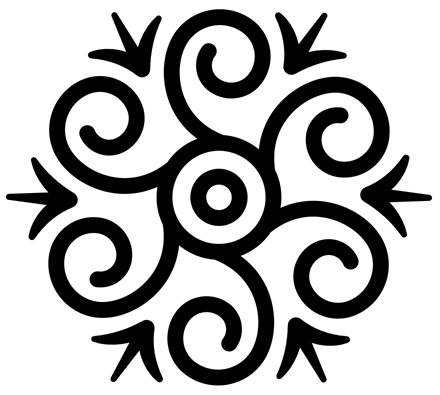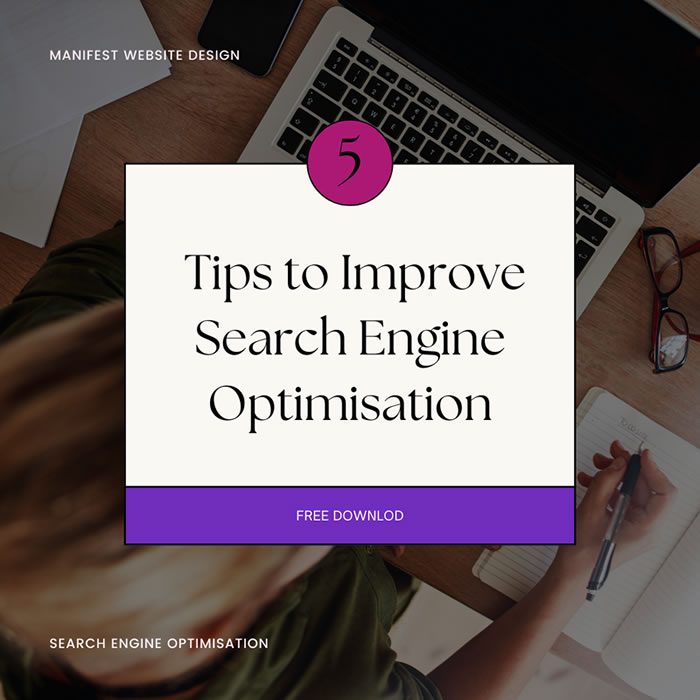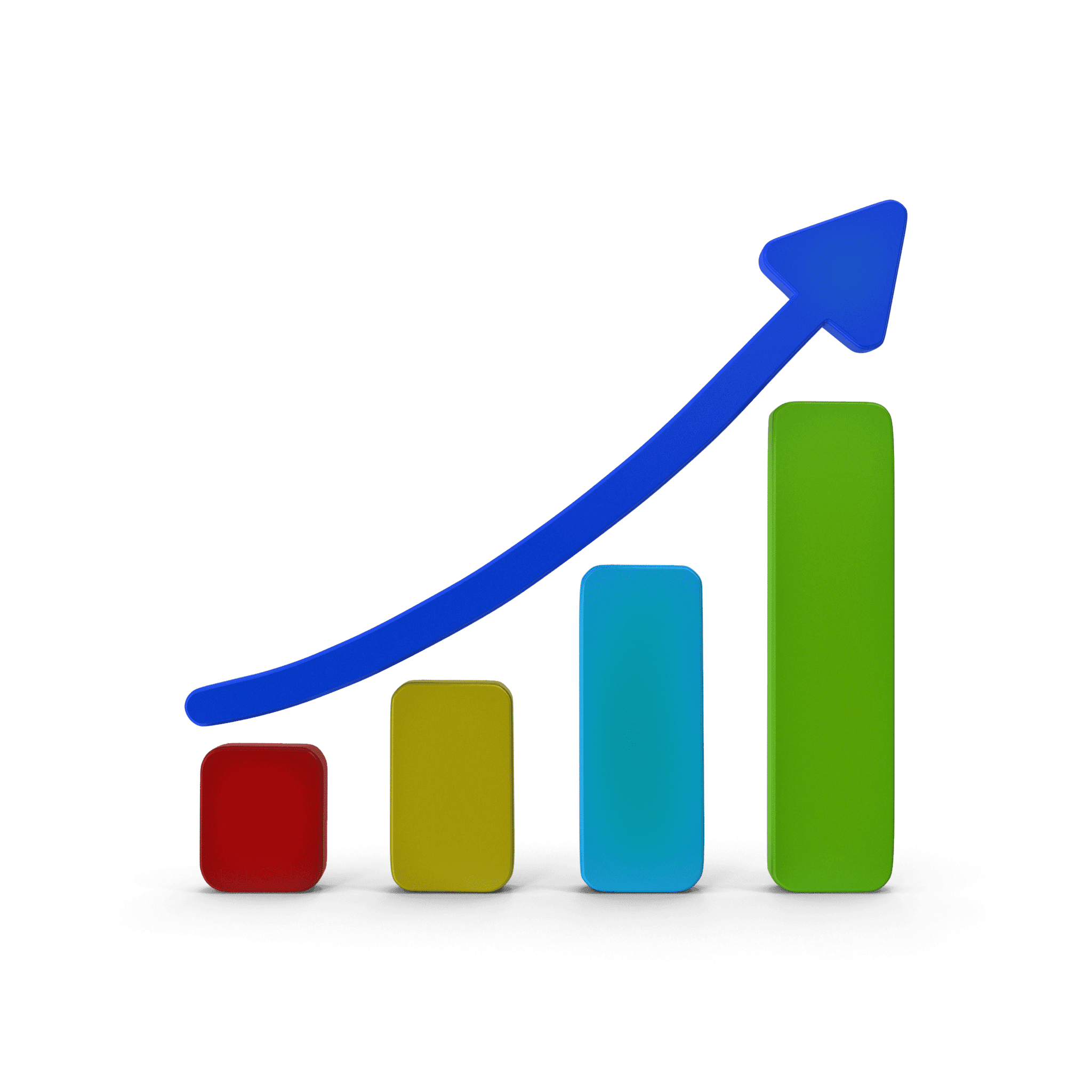2023 update: 7 Aspects You Need to Know About Technical SEO
As a website owner, you know that Search Engine Optimization (SEO) is a key part of getting your site seen by as many people as possible. But what is technical SEO? And why is it so important?
In this blog post, we’ll answer those questions and more, so you can make the most of your website’s visibility.
What is Technical SEO?
Technical SEO is any technical action that helps the search engines crawl and index your site. It comprises elements like website structure, internal linking, and indexing. In short, it’s all about making sure that Google can crawl and understand what you are trying to convey with ease so they give out better results for users who type something into their browser bar.
Why Is Technical SEO Important for Your Website?
Technical SEO is the key to making sure that search engines can crawl, index, and navigate your website easier. It’s important for Google, Bing, and other search engines to see that your website has a high value, leading them to rank your site higher.
Though the technical side of SEO is an important part, don’t focus on it at the expense of your website’s user experience. Your site needs to work well for both visitors and search engines in order to be successful.
Is Your Website Technically Optimized?
Here are some ways you can know if your website is technically optimized:
1. It loads fast
Page speed is one of the most fundamental factors in SEO because it affects the site, user experience and conversion rate.
When it comes to the user experience, faster pages are better. They provide a much smoother and more efficient on-page navigation that will keep users happy with your site for longer periods of time.
In today’s online world, users have a very low attention span. If your page takes longer than 5 seconds to load, users will click away from you and choose another search result. This can result in a high bounce rate and low conversion.
2. It is crawlable and indexable
Search engines rely on their crawlers (also called spiders or bots) to check a website’s content. These spiders index web pages and follow links, scanning every page for keywords or phrases that might be useful when determining how far up a particular page should rank. The better the site’s linking structure is, the easier it is for crawlers to understand the most important content of the website.
There are ways to guide a bot on the website. You can also instruct them not to crawl certain content or follow links on that page. You can also block them from crawling on specific pages. These instructions can be done through the robot.txt file. It is a small and powerful tool that tells search engine crawlers how to crawl the pages on the website.
3. It has zero to minimal broken and dead links
It can be a frustrating experience for visitors to get to a page only to get a “sorry, not found” message. If your website has a lot of broken or dead links, imagine what that will do to your customer experience! Survey shows that many online customers are less likely to visit a site after a bad experience, so you may just as well say goodbye to your customers and expect less traffic.
When a website has broken or dead links, it’s not just the visitors that suffer from being unable to find what they are looking for. Search engines also have trouble indexing these pages because they don’t have access. According to Google, a couple of broken links won’t harm your site, but if your visitors spend less time on your website after a couple of seconds, search engine algorithms will assume you are not providing relevant content or information, and that can lower rankings.
4. It has no duplicate content
A website with multiple duplicate contents can be annoying to visitors and confusing to bots. When a visitor conducts a search, it wants to see highly relevant information, not duplicate content from another page inside the website or another website. For bots, duplicate pages can be confusing to rank because which one will they rank higher?
Unfortunately, many website owners are not aware that they have duplicate content on their websites. Sometimes, the URL’s can be different, but the page content is the same.
Fortunately, this problem can be fixed through the canonical link element. This attribute tells the search engines the original page or the page you’d like to rank for.
5. It is secure
As a business, one of your priorities is to ensure the safety and security of customers interacting with your website. There are many things you can do to make your website secure, and one of them is installing an SSL certificate.
An SSL certificate enables an encrypted connection and allows a website to move from HTTP to HTTPS. If your URL starts with HTTPS and you can see a padlock icon on your browser bar, it means your site is safe and secure. If not, you should contact your developer and request to install an SSL certificate. Or you can do it yourself.
6. It has an XML sitemap
An XML sitemap is an important list of all the pages on your website that helps Google understand the structure and make it easier for users to find content. It also helps with search engine optimization, as it will speed up content discovery for customers who might be looking in certain places on an indexing site like YouTube or Bing searches.
If your website’s linking structure is great and bots can easily crawl in it, your website does not need a sitemap. Unfortunately, not all websites have a good linking structure so some pages can be difficult to find. If your website has thousands of pages or very few backlinks, an XML sitemap is a must.
7. It has structured data
Websites are constantly being developed and maintained, but the way they’re described to search engines can be tricky. Structured data makes it easier for search engines to index your site by providing a vocabulary called Schema.org.
Implementing structured data can help you rank higher in search results. It also gives your content a better chance at being ranked in the search engines, which will lead to an increase in traffic and revenue!
Technical SEO is often an ongoing process, one that you should be constantly working on. Technical optimisations are often done at the same time as content optimisation, link building activities and anything else to do with SEO. This will give search engines the best chance of crawling your site accurately and giving it a high rank as well as ensure your website is secure, stable and running smoothly.
For more information on Technical SEO or to have your website SEO optimized, give us a call and we’ll help you!



